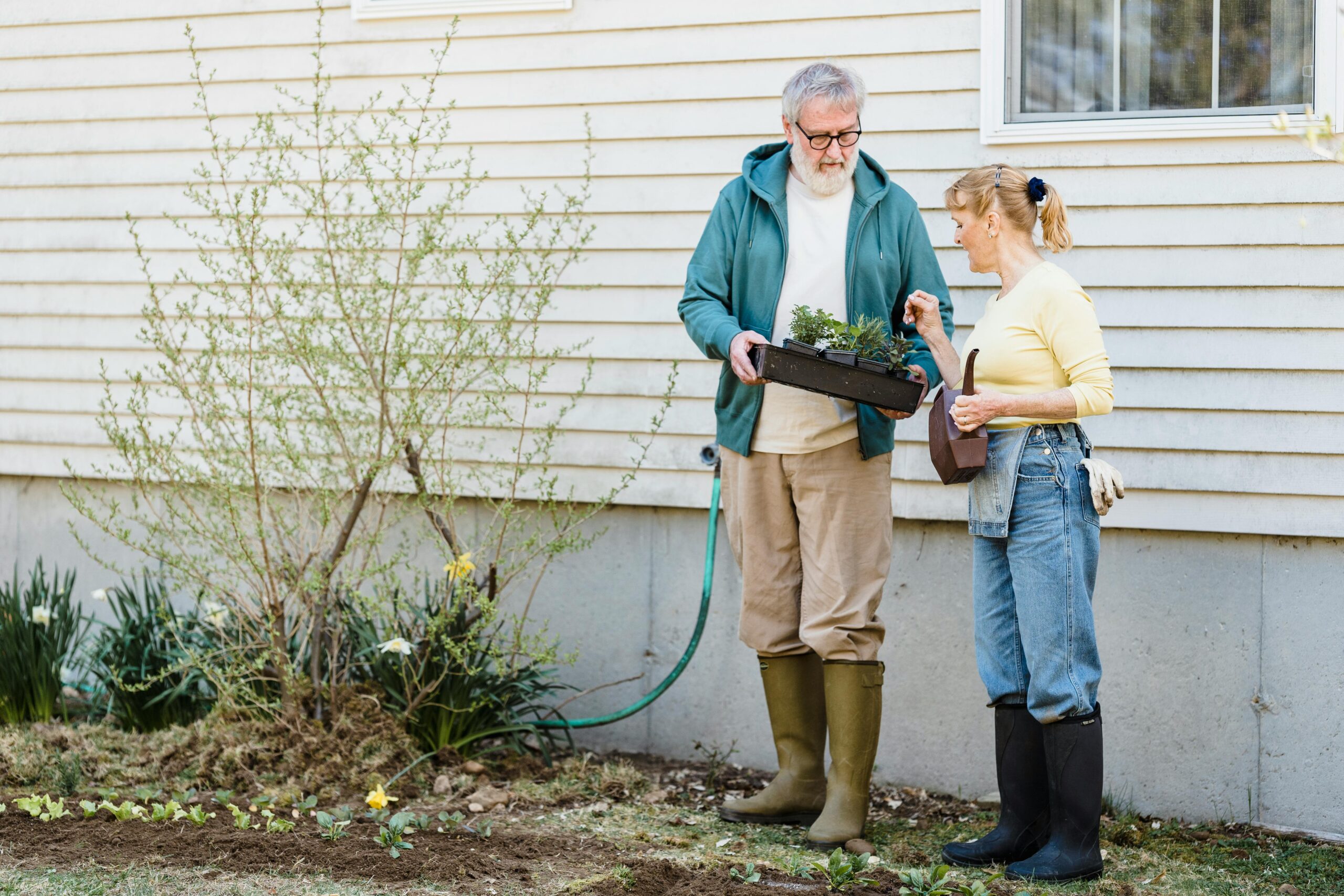The Homevoter Hypothesis: A New Generation Gap?

We know that older people vote more than younger people and that homeowners vote more than renters; but are older homeowners, as a class, overrepresented in local elections? Katherine Levine Einstein, Maxwell Palmer, Ellis Hamilton, and Ethan Singer analyzed the intersections of age, race, home tenure, and election scheduling to find out, publishing their findings as The Gray Vote: How Older Home-Owning Voters Dominate Local Elections.
Key Takeaways
- Older homeowners are dramatically overrepresented in all elections in every one of the 500 cities in their sample.
- Their overrepresentation increases significantly in “off-cycle” elections for local office that are not held in conjunction with a Presidential or midterm election.
- The ten percentage point gap between Black and White voter participation essentially disappears among older homevoters, with older White homeowners only two percentage points more likely to vote than older Black homeowners.
The researchers assembled election and voter file data on every American city with more than 50,000 residents, then cross-referenced people’s addresses with property records to determine whether they live in a renter or homeowner household. To examine the effects of election timing, they then separated cities into three categories based on the timing of local elections: cities where local mayoral elections are held concurrently with presidential elections (16%), where they are concurrent with midterm elections (25%), and where they are “off cycle” in odd years or at different times of year (59%).
Their findings show that election timing has a significant impact on voter turnout in mayoral elections, with presidential cities having the highest participation rate, followed by midterm cities and off-year cities:

They start their analysis of the age-homeownership nexus by comparing the demographic profile of voters in off-cycle mayoral elections to the presidential electorate in each city, finding that homeowners and people over 65 are overrepresented in almost every off-cycle mayoral election compared to their share of the electorate in presidential elections, and that the disparities are considerably worse in cities that hold local elections at different times than the presidential and midterm elections.
When they shift their analysis to look at the voting patterns of older people who are also homeowners, they find that older homeowners make up a disproportionate share of the electorate in every single city in their sample. Across their sample, “older homeowners made up about 14% of the registered voters, but 17.5% of voters in presidential elections, 21.2% of voters in midterm elections, and 27.3% of voters in off-cycle elections.” Further, controlling for age and homeownership nearly eliminates the Black/White voter participation gap, narrowing it from 10% to 2%.
This has interesting implications for local politicians interested in running for higher office, who may find that the housing policies popular with the older homeowners who turn out for off-cycle elections do not resonate quite as much with voters in midterm and presidential electorates.